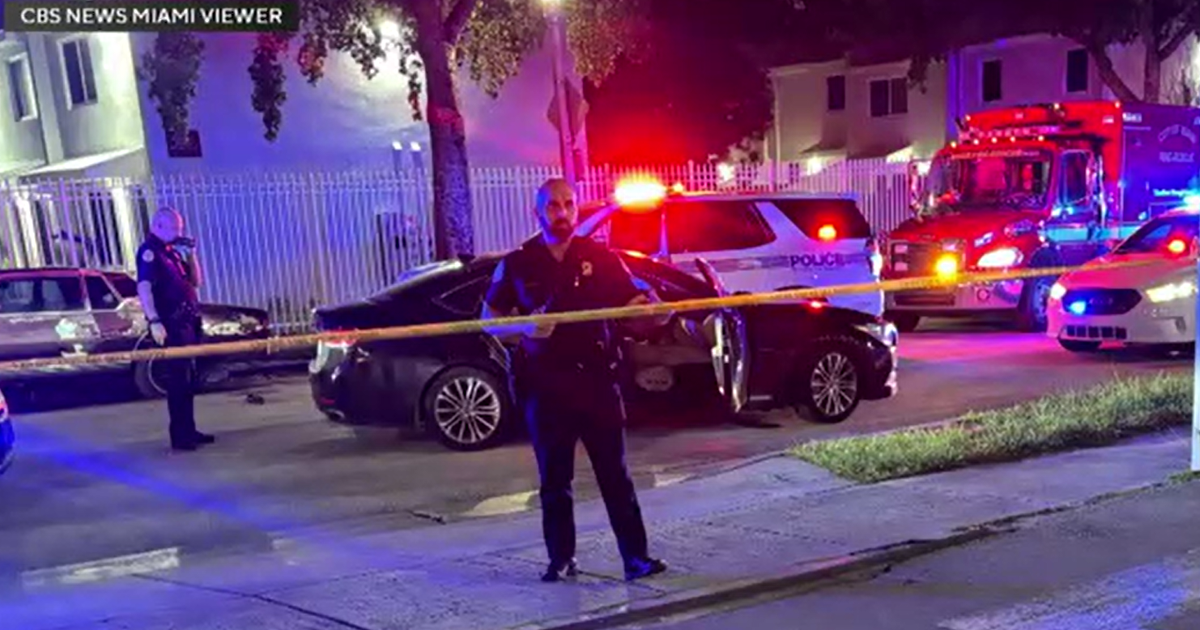Dolphin found dead on a Louisiana beach with bullets in its brain, spinal cord and heart
A bottlenose dolphin was found shot to death on a Louisiana beach last month and now authorities are offering a $20,000 reward for information that aids their investigation into the incident. NOAA's Office of Law Enforcement said the dead dolphin was found on West Mae's Beach in the state's Cameron Parish with multiple bullets lodged in its brain, spinal cord and heart.
The dolphin was found on March 13 by a member of the public, who called Southeast Marine Mammal Stranding Hotline, NOAA said in a news release on Tuesday. The Audubon Aquarium Rescue took the animal to New Orleans for an animal autopsy, which concluded the dolphin died from the trauma that occurred near or at the time of death.
NOAA says "harassing, harming, killing or feeding wild dolphins is prohibited under the Marine Mammal Protection Act," and its law enforcement office is now asking the public for any information about who may have been involved in the incident. Violations of the act are punishable by up to a year in jail and up to $100,000 in fines.
Anyone with information about the incident can call the NOAA Enforcement Hotline at 800-853-1964 and can leave tips anonymously. However, to receive the $20,000 for providing pertinent information that leads to a criminal conviction, you must leave your name and contact information.
Any other reports of injured marine animals can be sent to the Southeast Marine Mammal Stranding Hotline, NOAA says.
West Mae's Beach is on Barataria Bay, the largest estuary in Louisiana, where bottlenose dolphins live year-round – but the population there is threatened, according to the Marine Mammal Commission. After the 2010 Deep Horizon oil spill, the dolphin population in the bay declined by 45%, with many suffering reproductive failure and other diseases caused by exposure to the oil.
There are about 31 bay, sound and estuary – or BSE – dolphin populations in the Gulf of Mexico and the Barataria Bay population is the largest. Still, as of 2019, there are only an estimated 2,000 dolphins in the bay, according to the commission.
Another threat to the population is the the Mid-Barataria Sediment Diversion project which is diverting water and sediment from the Mississippi River into the bay to rebuild eroding marshland. These dolphins, however, live in salt water, and the large amount of freshwater being pumped into the bay is affecting their habitat. More than 500 dolphins died within the first year of this project, according to the commission.




